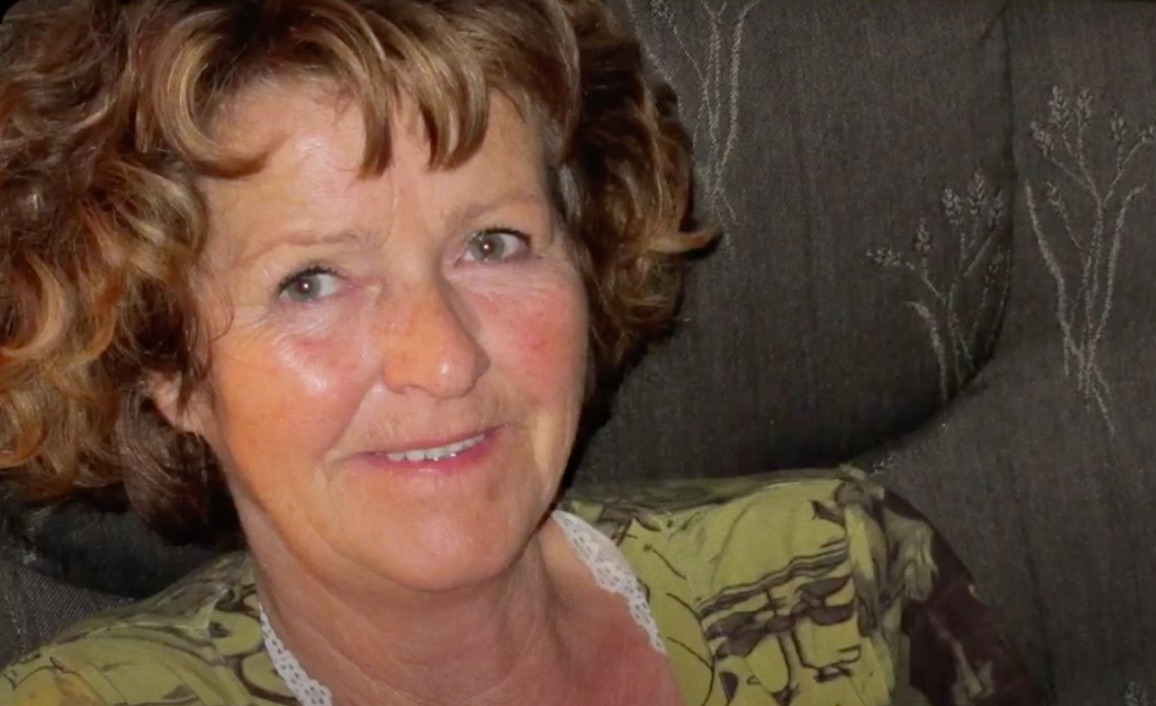Netflix’s ‘The Lørenskog Disappearance’ starts with the kidnapping of a billionaire’s wife. The case proves to be a difficult one from the beginning, considering its high-profile victim and the threat of the kidnappers who claim that they are watching every move made against them. Throughout each episode, the crime drama show tackles the case from different perspectives, focusing on the human element rather than the criminal one.
Created by Nikolaj Frobenius and Stephen Uhlander, the series presents a convoluted version of a complicated crime with no resolution. Things get so entangled by the end that one starts to wonder if this is how investigations move forward in real life. If you wonder whether the show is based on actual events, then here’s what you need to know about it. SPOILERS AHEAD!
The Lørenskog Disappearance: A True Story Shrouded in Mystery
Yes, ‘The Lørenskog Disappearance’ is based on a true story. It chronicles the real-life kidnapping case of 69-year-old Anne-Elisabeth Hagen, though some events and characters have been fictionalized for storytelling purposes. On October 31, 2018, her husband, Tom Hagen, came home to find his wife gone and a ransom note left in her stead at their home in Lørenskog. The kidnappers had demanded to be paid €9m in cryptocurrency, Monero. Moreover, they warned Hagen not to go to the police or the consequences would be disastrous for his wife.

However, Hagen found it better to get the police involved, though the investigation was kept secret to keep in line with the kidnappers’ demands, who never sent another letter but kept a line open for communication through the cryptocurrency platform. When asked for Anne-Elisabeth’s proof of life, they never gave one. On studying the ransom note, the cops found that it was written by someone fluent in Norwegian but had tried to make it look like they weren’t. Furthermore, the paper was purchased locally, yet there was no DNA evidence to proceed with the investigation.
The Hagen house also offered limited forensic evidence, with no sign of forced entry. After keeping the investigation a secret for about ten weeks, the cops came out about the case, hoping that the media exposure would help get some leads in their otherwise heavily impeded investigation. About the case, they said, “Our main theory is that the victim was kidnapped by unidentified perpetrators at her home. We have no proof she is alive, but we haven’t received any indication that she isn’t alive either.”

With the kidnappers seemingly uninterested in establishing communication, after Hagen had paid around $1.45 million, the cops eventually turned their lens towards other possibilities, which is when he came under scrutiny. On April 28, 2020, he was arrested on charges including murder and accessory to murder and was remanded in custody. It was believed that either Hagen killed his wife or he had arranged it with the help of other criminal elements and set up the kidnapping to throw the cops off his tail. His house was thoroughly searched, along with the nearby lake and other properties of Hagen.
Inspector Tommy Brøske said, “The case is characterized by a clearly planned deception. As other hypotheses have been weakened, suspicions against Tom Hagen have gradually been strengthened.” They believed Hagen “had traces of a clear, premeditated misdirection.” The cops were further motivated by the belief that he and Anne-Elisabeth had a difficult marriage and that she wanted out of it while he was adamant not to.

The pre-nuptial arrangement showed that Anne-Elisabeth would only get “£15,000 of his £156m fortune along with a plot of land and a Citroen car if the couple divorced” along with him getting “control over a property that Anne-Elisabeth had inherited from her parents.” This turned the suspicion on the husband. Nevertheless, the case did not hold in court, and Hagen was soon released from custody; he maintained his innocence. With the case still open, the cops haven’t been able to figure out what really happened to Anne-Elisabeth.
‘The Lørenskog Disappearance’ focuses on the investigation yet takes a different approach than the usual whodunit that gives a concrete resolution to the audience. Much like any case with a high-profile personality connected to it, public opinion becomes a crucial element in placing the blame on someone. As the story is told from the perspective of the cops, the journalists, the lawyers, and the informants, the show explores the various biases that come out while solving a crime.
As time passes, the investigators become more emotionally invested in such cases, and their stubbornness to find an answer often creates more problems in finding the correct answer. In exploring the story through such a lens, the show intends to throw light on how such cases are presented to the public and, with the impact of social media, how everyone feels free to pass their own opinions and verdict without being privy to the complete picture. The fragmented versions of a story and the impact it has on the people involved are what form the true core of the Netflix true-crime series.
Read More: Where is Netflix’s The Lørenskog Disappearance Filmed?


You must be logged in to post a comment.